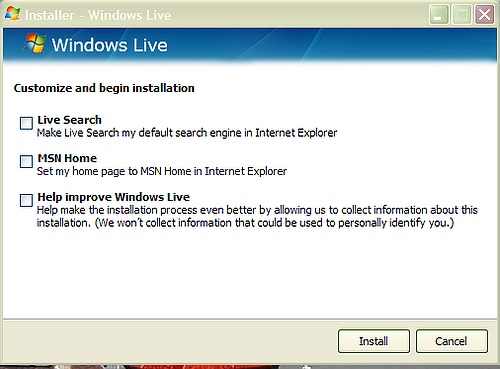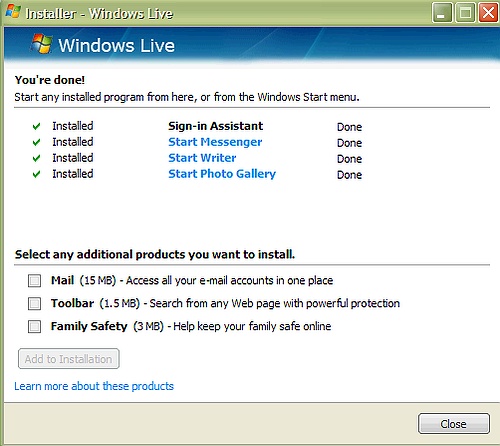Windows Desktop Search continues to stir controversy, in several ways.
Desktop Search Bundled with Vista
Back in June Microsoft agreed to make changes to the way it bundles Search with Vista. This was largely due to Google’s claim that:
Microsoft’s hardwiring of its own desktop search product into Windows Vista violates the final judgment in this case.
While I’m clearly no fan of Vista (and Microsoft, for that matter), in this case I found myself on the ‘wrong side’ – i.e. siding with Microsoft (the sky is falling, the sky is falling!).
Here’s the problem: there really should not be a product named Desktop Search . Only desktop Find – and not a product. Being able to retrieve whatever I myself placed on my hard disk should be a fundamental feature of the computer – and that means the Operating System. The fact is, for two decades Microsoft has failed to deliver this capability miserably and that opened up an opportunity for others, be it Google, Yahoo, or my personal favorite, Copernic. Now that Microsoft finally pulled their act together, and Vista has good, built-in search, let’s not complain about the operating system finally doing what it should have been doing in the first place.
In short, Google does not have a case here. A personal side-note: in the meantime I have opportunistically bought a Vista PC (not a pleasant experience), and since this beast has Vista Search built-in, I decided to NOT install Copernic Desktop Search. Not that the Vista version is better: it doesn’t have to be. I hate redundancy, and a competing product would have to be by orders of magnitude better for me to install a duplicate. Of course moving to Web applications made this decision a lot easier: after all what the desktop search capabilities are is becoming more and more irrelevant.
Windows Desktop Search Illegally Bundled on pre-Vista Systems
I found it more than ironic, in fact outrageous that in the very days Microsoft outlines the changes it plans to make to the desktop search feature in Windows Vista to satisfy antitrust concerns, it continues to dump its Desktop Search on XP systems without the users authorization – in fact without even telling users what’s happening.
Users who complain that the newly released Windows Live Installer comes with several options defaulted to “Yes” are missing the big picture: while the defaults may just be an inconvenience (OK, a trap), Windows Live Installer secretly installs Desktop Search on your XP system (Vista already has it). It is not listed anywhere as an option, you are not even warned what happens… you may just notice something funny in your taskbar after the installation:
![]()
Yes, that’s Windows Desktop Search, right next to Copernic Desktop Search, which was my choice on the XP system. Further search (Google, of course) reveals that one of the products, Windows Live Photo Gallery relies on Desktop Search. I am not going to argue the merits of this architecture, or Photo Gallery itself, but desktop search clearly isn’t just a component to gallery, it’s a basic piece of my desktop infrastructure. Running two searches is not only redundant, but clearly performance degrading, so at a minimum Microsoft should warn users about the consequences and ask for permission to proceed.
Of course this is not simply a performance issue: this practice is a blatant violation of my rights as the computer’s owner (I don’t recall Microsoft having paid for my PC, so I suppose I still own it). Frankly I am shocked, if this was 1995, I wouldn’t even be surprised, but after all the antitrust issues Microsoft faced, you’d think they learned a lesson… or not.
Additional reading: Microsoft Support, All about Microsoft, BetaNews, Ars Technica.
Update: Surprise, surprise! Microsoft changes Windows files on user PCs without permission, researchers say – reports Computerworld and Hardware 2.0. Also read: Windows Secrets, Today @ PC World, Inquirer, and Microsoft Watch





Recent Comments